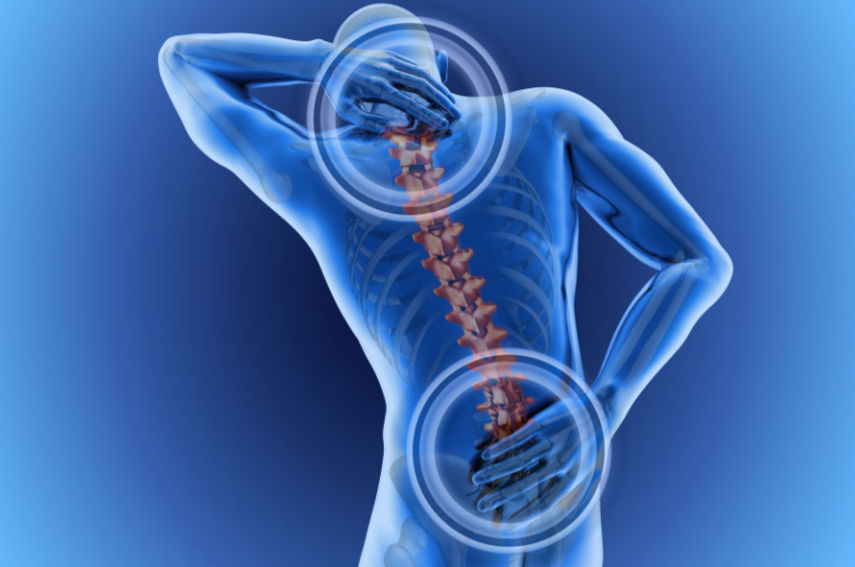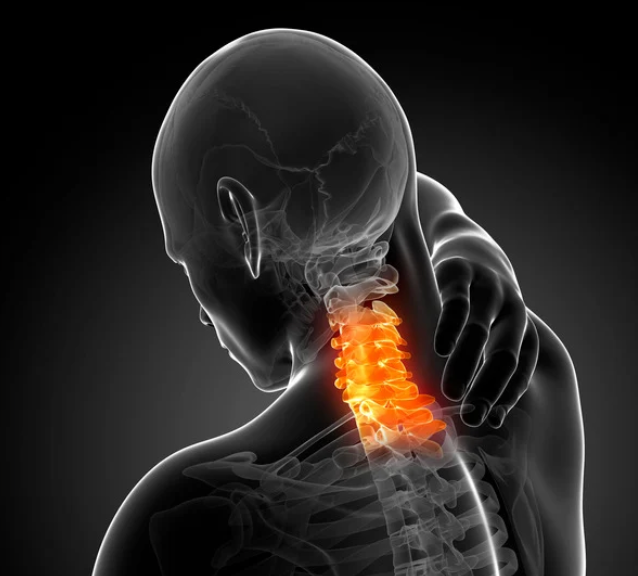Equestrian Rider Pelvic Mobility & Their Equestrian Skills
- Dr. Melissa Adams

- Aug 8, 2024
- 4 min read

Equestrians are generally aware that their biomechanics, how their body moves (or does not move), has an impact on their horse's movements, behavior, abilities, and more.
WHY might the equestrian's pelvis mobility even matter? The rider's pelvis is in direct contact with the horse (via the saddle) and should be absorbing the movement the horse is making, moving with the horse, not against it. The pelvis is also a significant piece of the puzzle when it comes to the aids a rider is giving their horse.
This study looked at the mobility of the equestrian's pelvis, as well as their balance, and how those factors impacted their riding ability and their horse.
Specifically, it looked at 20 female riders who had been riding for at least 5 years, with 17 using their own horses and 3 using their own ponies, which they had been riding and competing with on a regular basis, so they were familiar with each other.
Three things were measured in reference to pelvic mobility - pelvic roll, pelvic circles, and balancing on a gymnastics (yoga) ball. A 1-3 scale was used, with 1 indicating poor, 2 indicating moderate, and 3 indicating good. An additional rider measurement, using the same 1-3 scale, was looking at their dressage test for quality and harmony.
Another measurement on the riders was their symmetry, or asymmetry of their left and right sides. Many people stand and/or sit heavier on one side, this was measured in the standing position as well as with the rider seated on their horse, in their saddle with a special saddle pad.
For the horse, measurements included salivary cortisol (measuring the stress hormones of the horse), heart rate to let researchers know how hard the horse was working, as well as conflict behaviors which included "...undesired body movements ..., head movements ..., tail movements ..., and mouth opening..."
The rider was required to complete a specific dressage test, then they dismounted, the special saddle pad was fitted, and they completed a few more exercises while the special saddle pad measured their level of left/right symmetry. Interestingly enough, many riders put more weight on their right side while seated and/or standing, with nearly 50% being heavier on the right side in both conditions.
Results
Pelvic Rolls
About two thirds of the riders who scored a 3 (good/high) on their pelvic rolls, also scored a 3 in quality and harmony in their dressage test. Additionally, those who scored 3 on their pelvic rolls also had fewer conflict behaviors from their horse while they were riding, compared to those who scored a one or a two. Horses with these riders (pelvic roll score of 3) had higher heart rates, indicating they were working harder, although researchers did not see this as a stressed-working-harder, but that their rider was better able to give aids, etc so they were able to put more effort in.
Pelvic Circles
Those who scored a 3 with their pelvic circles also tended to have fewer conflict behaviors form their horse while riding, although this correlation was not as strong as the correlation between pelvic rolls and conflict behaviors.
Balance
Riders who did well with balance, seemed to do more poorly with pelvic roll. The horse's heart rate was also higher for those who scored a 1 in their balance, as opposed to those who scored a 3 in their balance.
An inexperienced rider will often be "stiff as a board" with many muscles contracted and abnormal movement patterns. They are often not relaxed in their saddle, often they are asymmetrical between left and right sides, and they will contact their inner thighs tightly against the saddle/horse in an attempt to keep them from falling. All these muscle contractions force the horse to work harder since their rider is basically working against the horse's movements, in addition to the fact that the rider's muscle contractions giving the horse confusing feedback/aids to their horse. These things can easily lead to more conflict behaviors from the horse, asymmetries in the horse, or even balance issues with their horse.
To show how much of a difference a little asymmetry can make for a rider, in one study, the researchers measured pelvic rocking/rolling and found that just one degree asymmetry on a balance chair resulted in 2.4 degrees of asymmetry while they were riding their horse. It was noted in this study that if the rider scored poorly with the pelvic roll, they were also asymmetrical when standing.
When a rider is experienced, they are able to ride just as the above paragraph states - a more relaxed state, absorbing the shocks and movements of their horse, relaxed legs which are prepared to "catch" them if required so they don't fall. Additionally, experienced riders typically "...move the pelvis independent of the other body segments ... [with] ...greater posterior pelvic tilt throughout the stride...."
In our office, Dr Adams frequently discusses balance, body control, postural asymmetry, and even pelvic mobility. All of these are important in daily life for everyone, but with equestrians, they will also impact your ability to effectively and efficiently ride your horse. Dr Adams looks at postural symmetry in a couple ways during each exam, in addition to balance, body awareness, and much more.
We have had equine veterinarians in the office who have said they have had riders thinking something was wrong with their horse, when it was actually the biomechanics of the rider. You, as a rider, love your horse (and let's face it, spent a lot of money on your horse), taking care of YOU is one of the best ways to care for your horse.
This is not medical advice, always ask a chiropractor if chiropractic care is appropriate for you, and your preferred healthcare provider before making dietary, supplement, or lifestyle changes








Comments